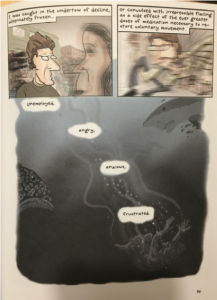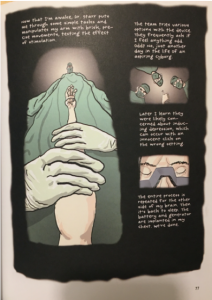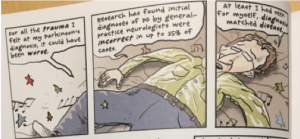Right away, this article addresses one of the main things that makes living in quarantine a struggle—the uncertainty. The quote they provided from the CDC source does little to quell worries regarding uncertainty, as it is a vague estimation (“many people in the US will at some point…get exposed to the virus). Even though it’s not possible to predict the exact outcome of the virus, it is certain that if we don’t follow protective measures, our healthcare system will be overwhelmed.
Early on, when the coronavirus hadn’t hit the U.S and it seemed like a faraway topic of conversation, there were some things said about it that doesn’t ring true anymore. Two of the big ones I heard were “Oh it’s just like the flu” and “It’s only been affecting elderly people so far”. These initial conceptions have caused young people to not take social distancing precautions as seriously. This showed in a major way over spring break, with thousands of college students traveling and gathering in large groups.
However, this article focuses more on the numbers regarding the capacity of the healthcare system, which is scary. In class and on the news, there have been parallels drawn to other pandemics, notably the Spanish flu in 1918. Thinking about a pandemic in 1918, I initially thought how great it is that we have the resources and are better equipped to handle a pandemic now. But, as this article shows, that isn’t entirely the case.
I hope there will be some big, across the board changes when life is able to resume again.
Barclay, Eliza, and Dylan Scott. “How Canceled Events and Self-Quarantines Save Lives, in One Chart.” Vox, Vox, 10 Mar. 2020, www.vox.com/2020/3/10/21171481/coronavirus-us-cases-quarantine-cancellation.



